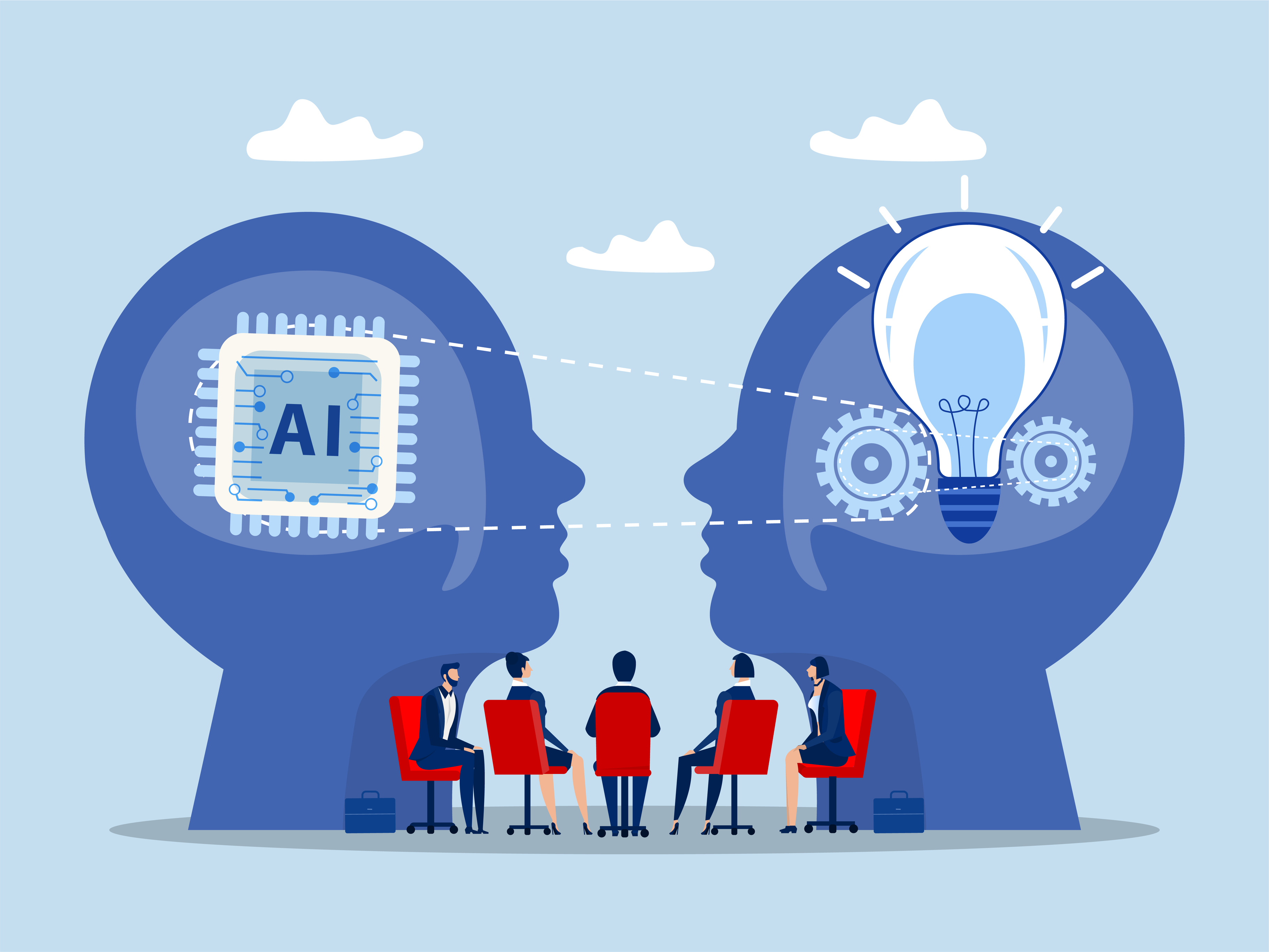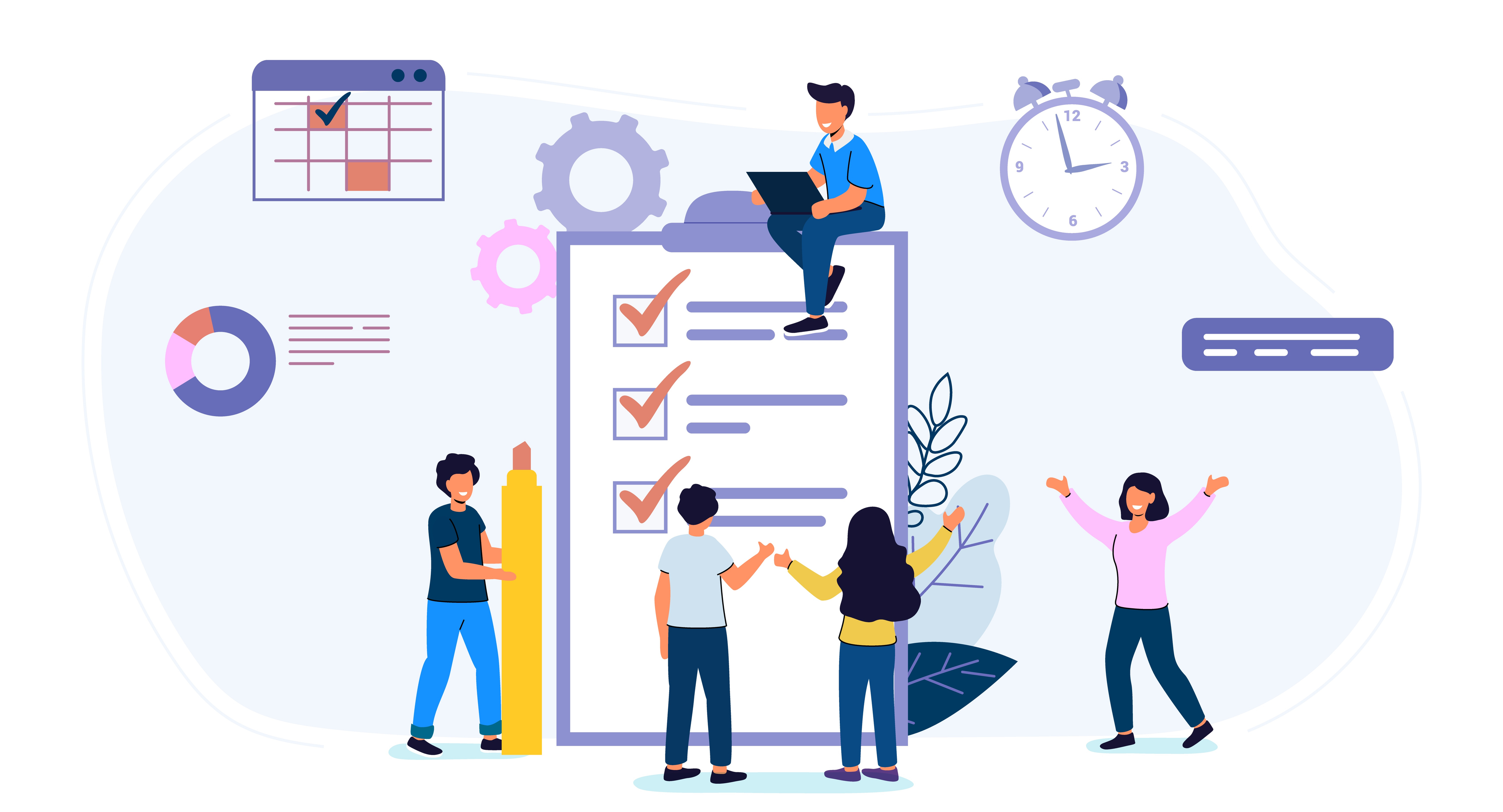
The Knowledge Management (KM) Officer is a conductor of an organization’s collective intelligence. Their principal role includes ensuring that intellectual capital is effectively stored and organized so it flows freely to members when needed.
However, issues arise when people hoard information out of fear of becoming less valuable to the company. Some also feel that sharing is a role secondary only to their main responsibilities. This leads to departments operating in silos, resulting in delayed decision-making and slow progress. How do KM leaders start a culture of contribution that’s instinctive and visible?
The Case for a Contribution-Driven Knowledge Culture
A culture of contribution is rooted in shared value. It builds an organization’s collective intelligence and reduces errors when expertise gets passed around and doesn’t leave with individuals should they exit. It also gives the participating person a sense of purpose when they see their work making a difference, either as an excellent model worth emulating or a success that advances outcomes.
The opposite culture, where knowledge is hoarded or guarded in fear of losing power, creates operational drag. Studies show that people often keep information to themselves because of both workplace conditions and personal attitudes. This occurs when there’s excessive competition, time pressure or office politics or when leaders prioritize their own interests. On an individual level, employees may withhold data if they feel insecure, lack trust in others or believe sharing could harm their position.
Data has become the world’s most valuable asset and possessing vital information can make individuals feel important and irreplaceable — much like when only one person can perform a complex task that others have been unable to complete because of their unique knowledge.
As a result, teams are forced to start from scratch when information should have been accessible from the outset. Critical knowledge held by top performers who keep it to themselves often disappears during turnover, leading to duplicated efforts and limiting opportunities for improvement drawn from prior experiences. If this organizational atmosphere sounds familiar, the company may be ready for a cultural shift, especially since 75% of workers view collaboration as vital to their work.
Leadership as the Kickstarter of Contribution
Higher-ups cannot expect members to act when armed only with a framework but without a visible model to learn from. They must be the first to actively promote the cultural shift to send a strong signal that contribution is the standard, expected and ingrained in company culture.
Only one in three leaders can confidently say that their last initiative achieved the level of adoption they aimed for. However, the more bosses talk about changing culture without showing it in action, the more performative it feels to those they lead. Hence, they must talk the talk and walk the walk.
Practical leadership behaviors include strong communication initiatives such as:
● Structured knowledge-sharing rituals such as weekly insight exchanges or retrospectives. These provide rhythm and reliability to collaboration.
● Reflection sessions, where teams record what succeeded and what did not, ensure that experiential development becomes institutional learning.
● Leading with vulnerability, where executives discuss their own challenges and learning curves. This normalizes openness and gradually eliminates the fear of being wrong.
These practices reposition KM from a guide on the side to an actual leadership initiative that produces measurable results, rather than an administrative vision that lacks concrete application.
Knowledge management should be gradually woven into daily routines, rather than expecting members to adapt immediately. Culture change initiatives typically take anywhere from 18 to 36 months to gain traction, depending on the scope and depth of transformation being pursued.
How to Design Systems That Enable Contribution
Behavioral change requires an environment that removes friction from sharing. When information exchange is cumbersome or poorly recognized, participation declines regardless of intent. A KM officer’s decisions, such as those on platforms, workflows and governance, can directly influence contribution quality and frequency.
1. Establish Collaborative Infrastructure
Create a digital environment that serves as the organization’s digital memory, utilizing tools such as intranets, shared drives or knowledge hubs. This allows the KM officer to avoid manually entering every piece of information into the network, as the team already has a virtual front door where members can access up-to-date policies and resources.
2. Organize Knowledge for Easy Access
Information overload can weaken the value of knowledge management, especially when files are dumped in a single folder or drive. Team members produce output daily, which can easily become overwhelming. Here’s what KM managers can do to keep everything labeled and sorted:
● Keep shared information structured and searchable.
● Tag and categorize files so employees can quickly find what they need without wasting time sorting through clutter.
● Regularly review and update content to ensure accuracy and relevance.
3. Integrate Knowledge-Sharing Into Workflows
Adding knowledge-sharing prompts to tools like project management or CRM systems encourages real-time exchange, allowing insights to pour naturally as work happens. Make output uploads a standard part of the workflow and establish clear, straightforward protocols for doing so. This supports smoother adoption and consistent participation.
Reinforcing Contribution Through Recognition
Recognition remains one of the most effective drivers of sustained participation. Employees who see their input acknowledged through awards, visible mentions or integration of their ideas develop a sense of ownership in organizational outcomes. It’s also important that praise highlights impact rather than volume. Focus on how shared insights improved a process, reduced costs or supported decision-making.
Continuous development also reinforces contribution. Providing micro-learning modules, peer sessions or mentorship channels signals that expertise exchange is expected and supported. When skill-building opportunities are tied to knowledge-sharing behaviors, employees perceive direct personal benefit in participating.
Build and Enduring Knowledge System
A culture of contribution thrives when leadership models openness, systems make sharing effortless and recognition reinforces participation. For KM officers, the real measure of success lies in how well knowledge flows across people and processes, turning individual expertise into collective intelligence that strengthens the organization’s endeavors.
_________________________________








.png)
.png)
.png)
.png)